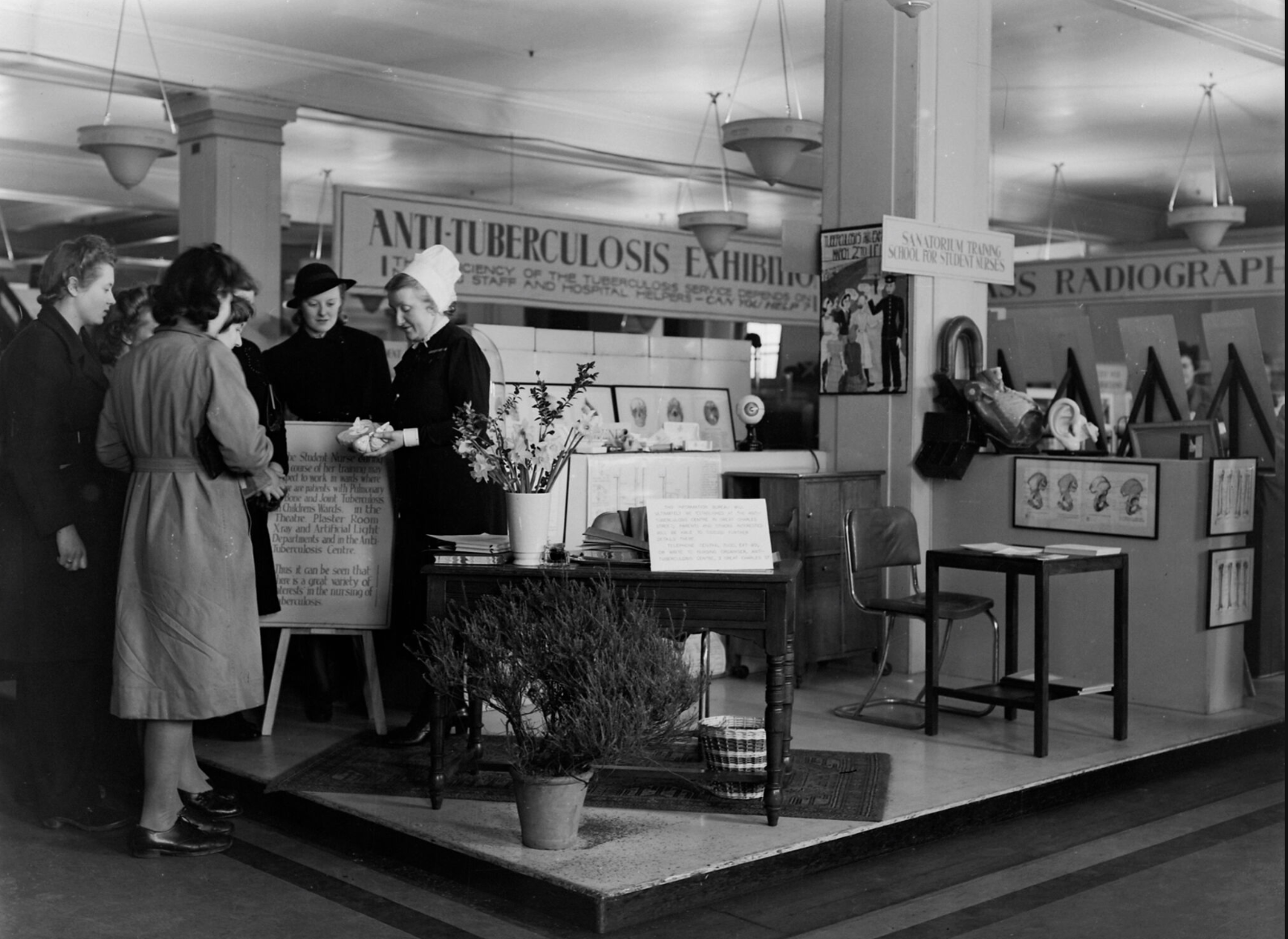
Increasing patient treatment adherence through enhancing convenience with digital tools
Tuberculosis leads to 1.4 million deaths annually, and medical treatment is critical. Many countries use Directly Observed Therapy (DOT) for medical treatment, where a healthcare professional observes the patient take the treatment. This requires a high level of effort from both the patient and the health system and can lead to low treatment adherence. BCI helps understand the barriers to optimal treatment adherence, such as the fact that even highly motivated patients can be deterred by the effort it takes to travel to a clinic every time they need to take the medication. A potential solution that focuses on making medical treatment easier is Video-Observed Treatment (VOT) where patients film themselves taking the medication and send it to their health care professional. An RCT conducted in Moldova found that VOT led to higher adherence (1.29 days missed per two-week period for VOT and compared with 5.24 for DOT). The study demonstrates that increasing convenience, for example through VOT, offers a promising, time saving alternative for increasing medical adherence (1).
- Ravenscroft L, Kettle S, Persian R, Ruda S, Severin L, Doltu S, Schenck B, Loewenstein G. Video-observed therapy and medication adherence for tuberculosis patients: randomised controlled trial in Moldova. Eur Respir J. 2020 Aug 6;56(2):2000493. doi: 10.1183/13993003.00493-2020. PMID: 32381495.




